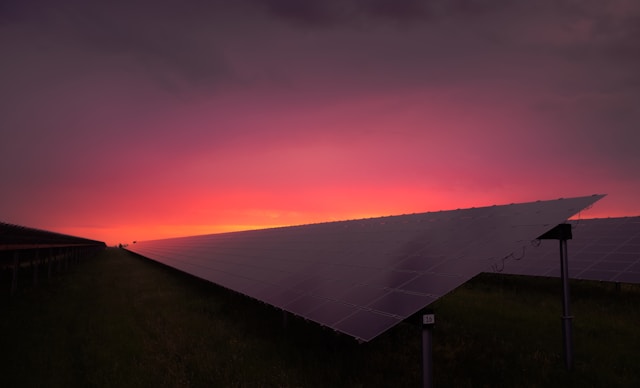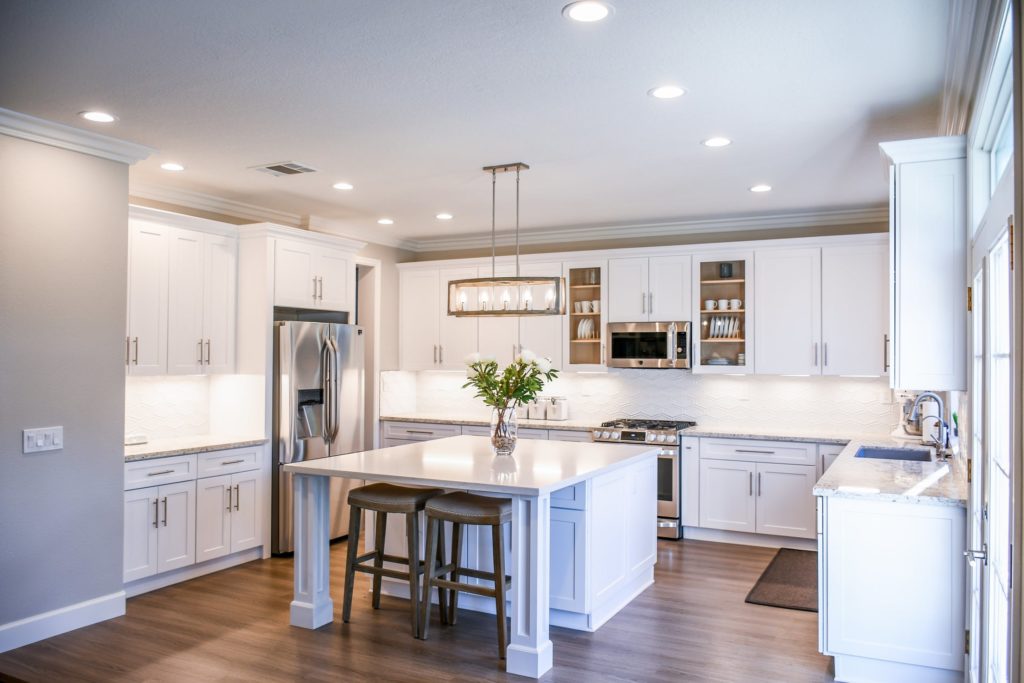Solar panels are becoming increasingly popular as homeowners look for sustainable ways to power their homes. Tall houses, with their ample roof space and elevated position, can be ideal candidates for solar panel installations. However, setting up a solar system in a tall house comes with its own unique challenges and considerations.
In this blog post, we will explore the essential components of solar panel systems and how to effectively implement them for tall houses. Keep on reading!
Understanding Solar Panel Systems
Before we talk about tall houses, let’s understand what a solar panel system is. At its core, a solar panel system consists of several key components that work together to convert sunlight into electricity. These components include:
Solar Panels
These are the most visible parts of the system. They capture sunlight and convert it into direct current (DC) electricity.
Inverter
This device converts the DC electricity generated by the solar panels into alternating current (AC) electricity, which can be used to power your home.
Mounting System
The mounting structure is used to secure the solar panels to your roof. It is essential that they are durable and also compatible with the type of solar system you have.
Battery Storage
Some systems include batteries to store excess electricity for use when the sun isn’t shining. Having a lot of storage capacity is essential to ensure longer usage.
Monitoring System
This allows you to track the performance of your solar panel system. It gives valuable data regarding your usage as well as its capacity.
Choosing the Right Solar Panels
When selecting solar panels for a tall house, there are several factors to consider:
Efficiency
Tall houses might have plenty of roof space but maximizing efficiency is still important. Efficient panels produce more electricity and can help offset energy needs even with fewer panels.
Durability
Given the height of tall houses, solar panels need to withstand high winds and harsh weather conditions. Look for panels that are tested for durability.
Weight
Tall houses can sometimes have older roofing structures. Ensure that the weight of the panels does not exceed the roof’s load-bearing capacity.
Installation Challenges for Tall Houses
Installing solar panels on a tall house can present unique challenges:
Access
Reaching the roof of a tall house can be tricky. It requires specialized equipment such as scaffolding or aerial lifts, which can increase installation costs.
Safety
Working at heights involves significant risks. Ensure that the installation crew follows proper safety protocols to prevent accidents.
Shading
Tall houses might be more prone to shading from nearby trees or structures. Conduct a thorough site assessment to identify any potential shading issues.
Optimizing the Mounting System
The mounting system plays a crucial role in ensuring that the solar panels are securely attached to the roof. Here are some tips for optimizing the mounting system for tall houses:
Select the Right Type
There are different types of mounting systems, such as flush mounts and tilt mounts. The choice depends on the roof type and angle of sunlight exposure.
Ensure Proper Spacing
Proper spacing between panels prevents heat buildup and improves system efficiency.
Use Quality Materials
Use corrosion-resistant materials, especially if the house is in a coastal area where saltwater exposure can accelerate corrosion.
Incorporating Battery Storage
Battery storage can be a valuable addition to a solar panel system, especially for tall houses. It allows homeowners to store excess energy generated during the day for use at night. Here are some considerations for battery storage:
Capacity
Determine the right battery capacity based on your energy consumption patterns and needs. It is best to have extra batteries for your solar panel system as you can sell your excess back to the grid.
Location
Find a suitable location for the battery that is easily accessible yet protected from harsh weather conditions. The proper location ensures that it lasts for a long period.
Maintenance
Regular maintenance ensures the longevity and efficiency of the battery system. There are experts that you can work with that specializes with these types of jobs.
Monitoring and Maintenance
Once the solar panel system is installed, monitoring and maintenance are key to ensuring its long-term performance. Here’s what to keep in mind:
Install a Monitoring System
A good monitoring system allows you to track energy production in real time. It can also help detect any issues early.
Schedule Regular Maintenance
Periodic inspections and cleaning of the panels and equipment help maintain efficiency and prevent potential problems. It ensures that you can get the most out of your investment.
Stay Informed
Keep yourself updated on the latest advancements in solar technology and government incentives that may benefit you. Investing in the latest technologies enables you to enjoy the benefits that they offer.
Benefits of Solar Panels for Tall Houses
Despite the challenges associated with installing solar panels on tall houses, the benefits are substantial and can far outweigh the initial hurdles.
Energy Independence
By generating your own electricity, solar panels allow homeowners to reduce their reliance on the traditional power grid. This can lead to significant cost savings, especially in areas with high electricity rates, and provides a buffer against future energy price increases. It also offers greater control over energy consumption and reduces vulnerability to power outages.
Environmental Impact
Solar energy is a clean, renewable resource, which means it produces no harmful emissions. By transitioning to solar power, you are directly contributing to the reduction of greenhouse gases, lessening your carbon footprint, and supporting a more sustainable future. This environmental benefit is one of the most compelling reasons for switching to solar, especially for eco-conscious homeowners.
Increase Property Value
Installing solar panels is an investment that can pay off in the long run. Homes equipped with solar energy systems are often valued higher on the real estate market, thanks to their energy efficiency and the long-term cost savings they offer. Many potential buyers are drawn to homes with lower utility bills and environmentally friendly features, making properties with solar panels more attractive.
Exploring Solar Panels for Tall Houses
Navigating the components of a solar panel system for tall houses is not without its challenges, but the rewards are well worth the effort. By selecting the right equipment, considering installation challenges, and maintaining your system properly, you can enjoy the benefits of harnessing the sun’s energy for years to come.
If you’re ready to take the next step, consult with a solar professional to assess your home’s potential for solar energy and start your sustainable energy journey today!
For more similar topics, visit our blog!




